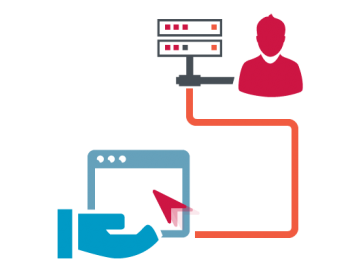
UEM packages offer some features that MDM subscribers can't access

It can be found on several smartphones, PDAs, and other mobile devices. The Open Mobile Alliance has issued a protocol called OMA Device Management, a specification that most MDM tools use. MDM software runs on a server or administrator system and can be used to oversee a wide range of devices. What can you expect from an MDM application? Various core functions of MDM ensure that devices are remotely available for auditing, updating over the air (OTA), that software runs effectively, and devices are available for remote diagnosis and troubleshooting. MDM is distinct from Unified Endpoint Management (UEM) however, as this is more concerned with all other device endpoints, from IoT (opens in new tab) hardware to printers (opens in new tab), desktop computers (opens in new tab), and wearables (opens in new tab). More recently, with the arrival of Bring Your Own Device, Enterprise Mobility Management (EMM) tools have been incorporated into MDM. Smartphones (opens in new tab), tablets (opens in new tab), and increasingly laptops (opens in new tab) come under MDM control. Strictly speaking, Mobile Device Management – usually referred to as MDM – is all about administering mobile devices. The solution is MDM software, but what does it bring to your organization, is it worth the money, and will you get to exercise the level of control you need?


Managing a fleet of devices across multiple departmental disciplines is not for the faint-hearted.


 0 kommentar(er)
0 kommentar(er)
